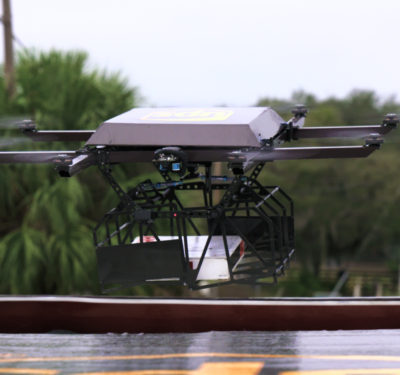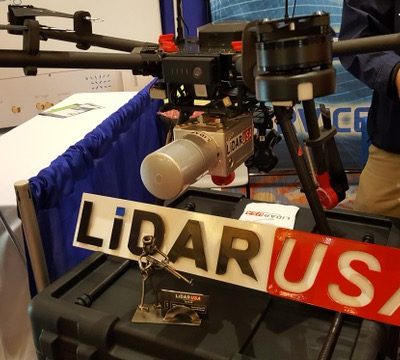The DoD Defense Innovation Unit has announced what it calls “significant changes” to the Blue UAS framework, “in response to the evolving needs of the warfighter”.

Trent Emeneker, DIU Blue UAS program manager said, “Global events make plain the urgent need to continue to rapidly upgrade and expand options for the warfighter. As drone use increases in conflicts, DIU’s “Blue List”, a list of cleared and approved drones, must be more agile and responsive to both DoD and commercial partner needs. To do that, the Blue List will focus on providing needed hardware capabilities while facilitating the rapid software development vital to creating and maintaining success on the battlefield.”
On May 28th, the Skydio X10D, Anduril Industries Ghost / Ghost X, and Freefly Systems Astro were added to the Blue List. The changes “will reduce administrative burdens with not having to pursue Exceptions to Policy (ETP’s) in order to use the payloads and capabilities they need. The updated Blue UAS Framework List will provide approved options within the bounds of existing Authorizations to Operate (ATO)”, the DIU said in a release.
Beginning in late 2024, there will be an annual competitive refresh for the Blue UAS List. The DIU announcement says, “We will incorporate end user feedback, with tactical level operators providing hands-on flight and performance evaluation that will go into the overall scoring to ensure we are delivering what is needed by end users today.”
See recent Inside Unmanned Systems coverage of Blue UAS.
The DIU also announced initiatives “to deliver increased capabilities to the warfighter and streamline processes for our commercial partners. First, DIU is providing continuous monitoring of software to reduce update approval time providing updated capabilities to the warfighter in close to real time. This will reduce DIU’s average of 45 days to no more than 96 hours. As a comparison, typical DoD software monitoring and update approval time takes 12+ months. A second effort is to allow transfer of critical component information from AUVSI’s Green UAS to Blue UAS Framework, which is intended to provide additional optionality to end users.”






